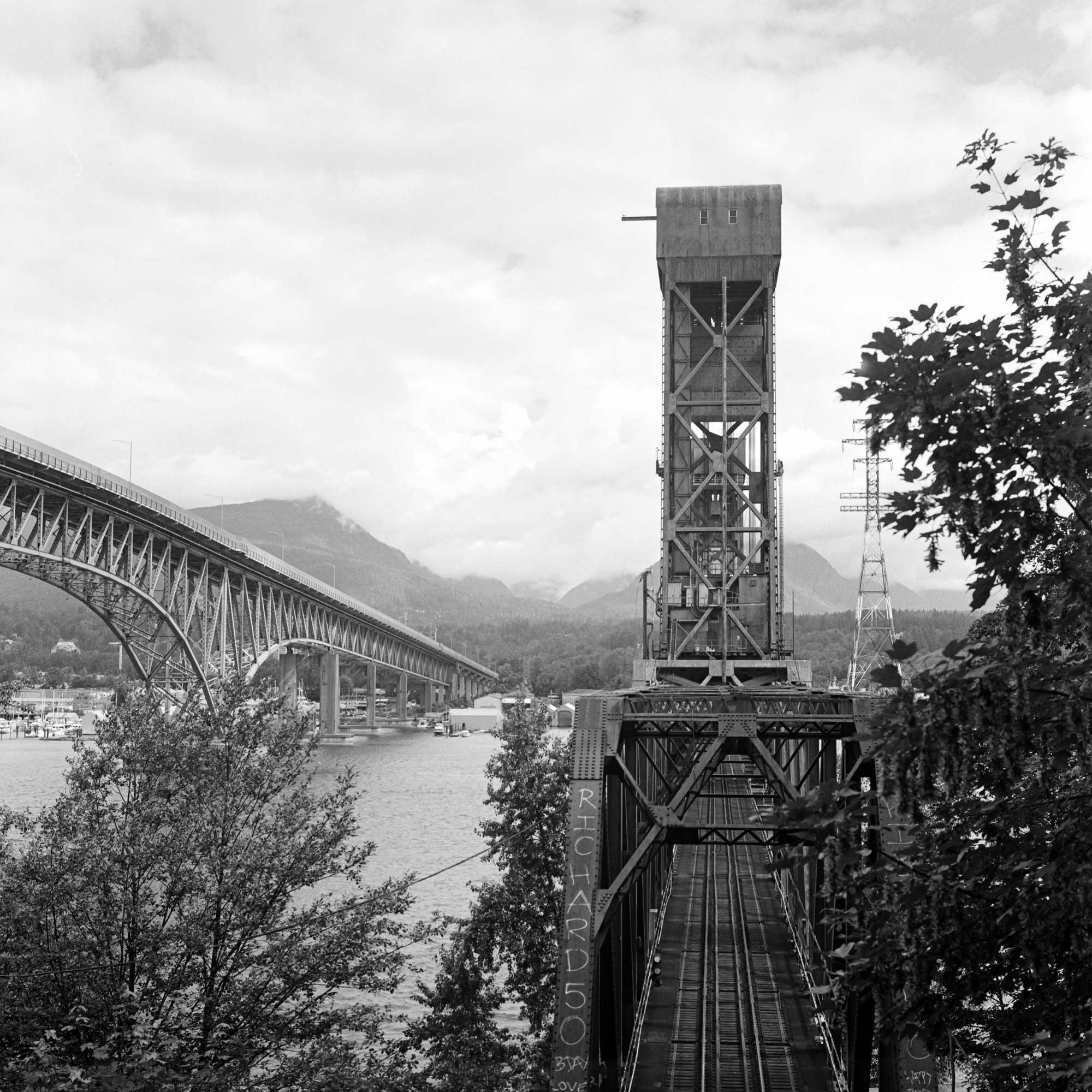Those who have paid even cursory attention to the vocabulary of the high fashion magazines realize that English has different meanings in this specialized context from those of normal usage. For example, the word "simple" or the phrase "simple little" is generally used to denote matters that would elsewhere be cited as examples of Byzantine complexity and indirection.
The best fashion photography has often indulged a similar taste for make-believe, and harmless (or almost harmless) mendacity. Irving Penn's simple little picture of a beautiful model in a fancy dress is a masterpiece of the genre.
Superficially the picture pretends to a directness and austerity that suggest the nineteenth-century studio portrait: It is devoid of luxurious textures, stage lighting, elegant properties, or an identifiable social ambience. What remains is an almost primitively simple record of a very elegant lady.
The simplicity is of course a sham. Perhaps the essential nature of this picture can be more clearly seen if one covers with a sheet of paper the model's beautiful (and seemingly tiny) head. It is possible that only a modern viewer would be able to identify what remains as representing a woman's body, rather than the silhouette of an orchid, or a scarified tribal priestess in ceremonial headdress, or the rhizome of an iris. As a description of a dress the photograph is even more ambiguous; surely only one with prior knowledge of the fashions of 1950 could reconstruct a reasonable pattern of the dress from the information given by the picture.
The true subject of the photograph is the sinuous, vermicular, richly subtle line that describes the silhouetted shape. The line has little to do with women's bodies or real dresses, but rather with an ideal of efflorescent elegance to which certain exceptional women and their couturiers once aspired.
— John Szarkowski (1925-2007) in Looking at Photographs (1973)
Woman in Black Dress (1950, 16 1/4 x 11) by Irving Penn (American, 1917-2009)















